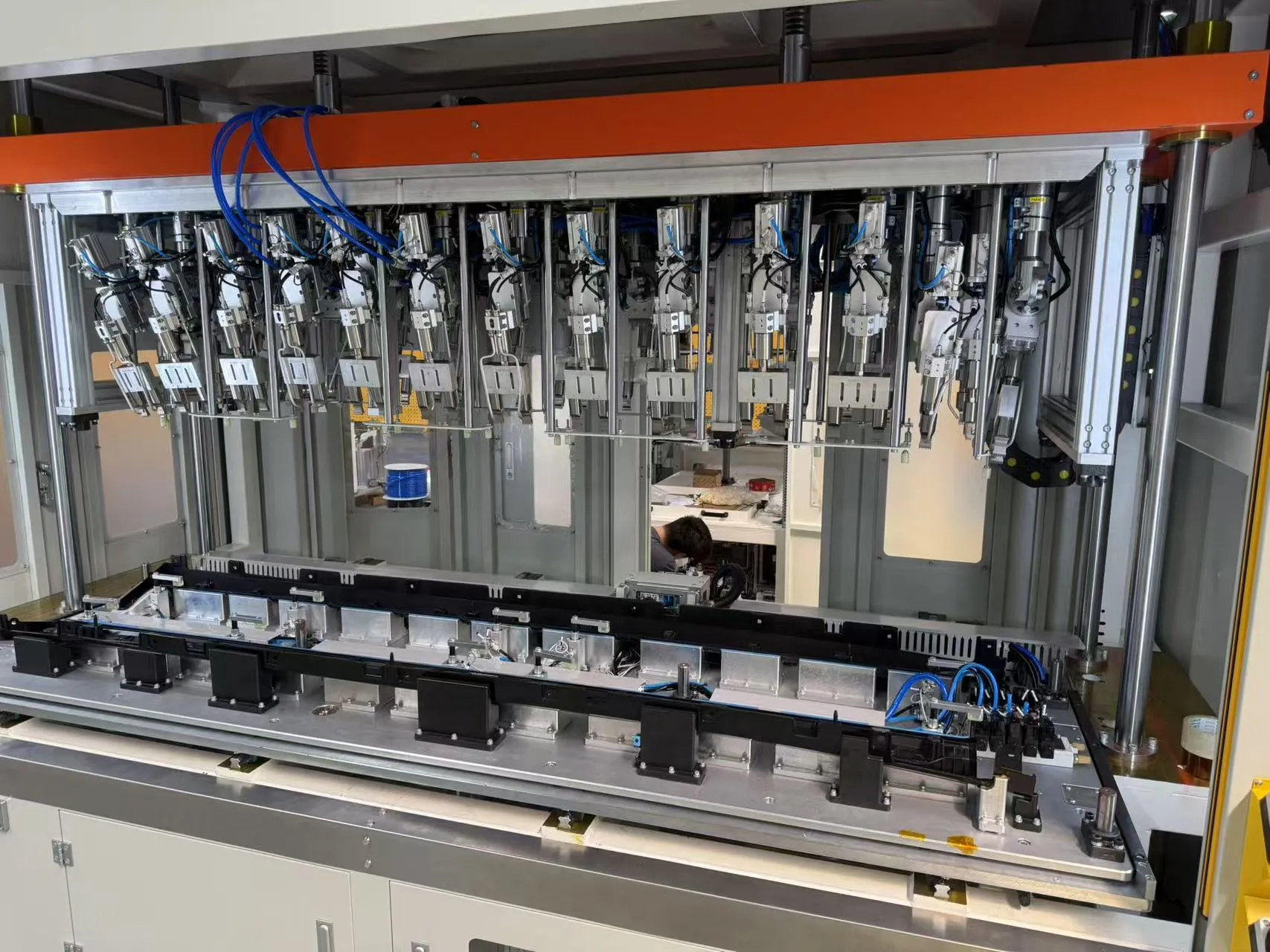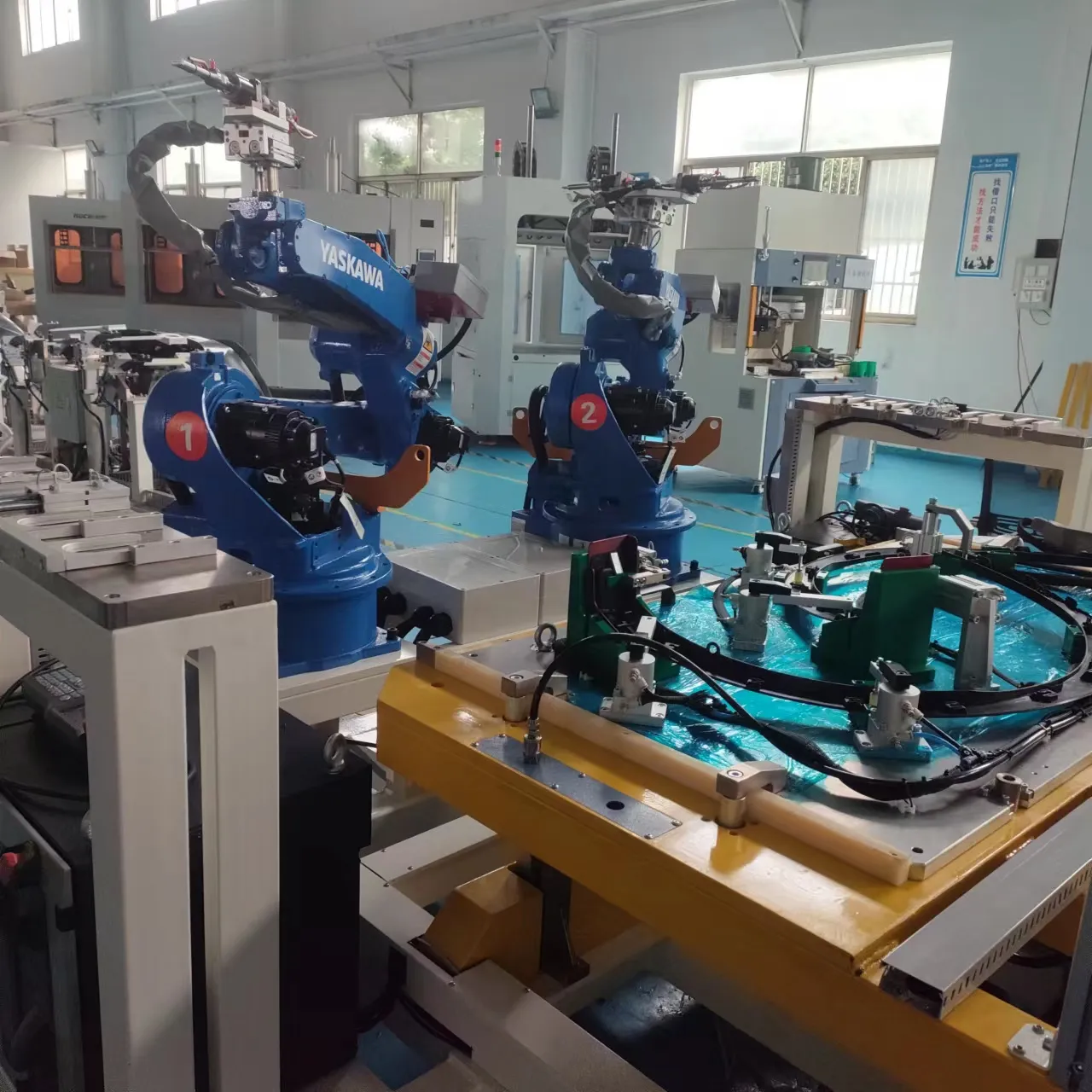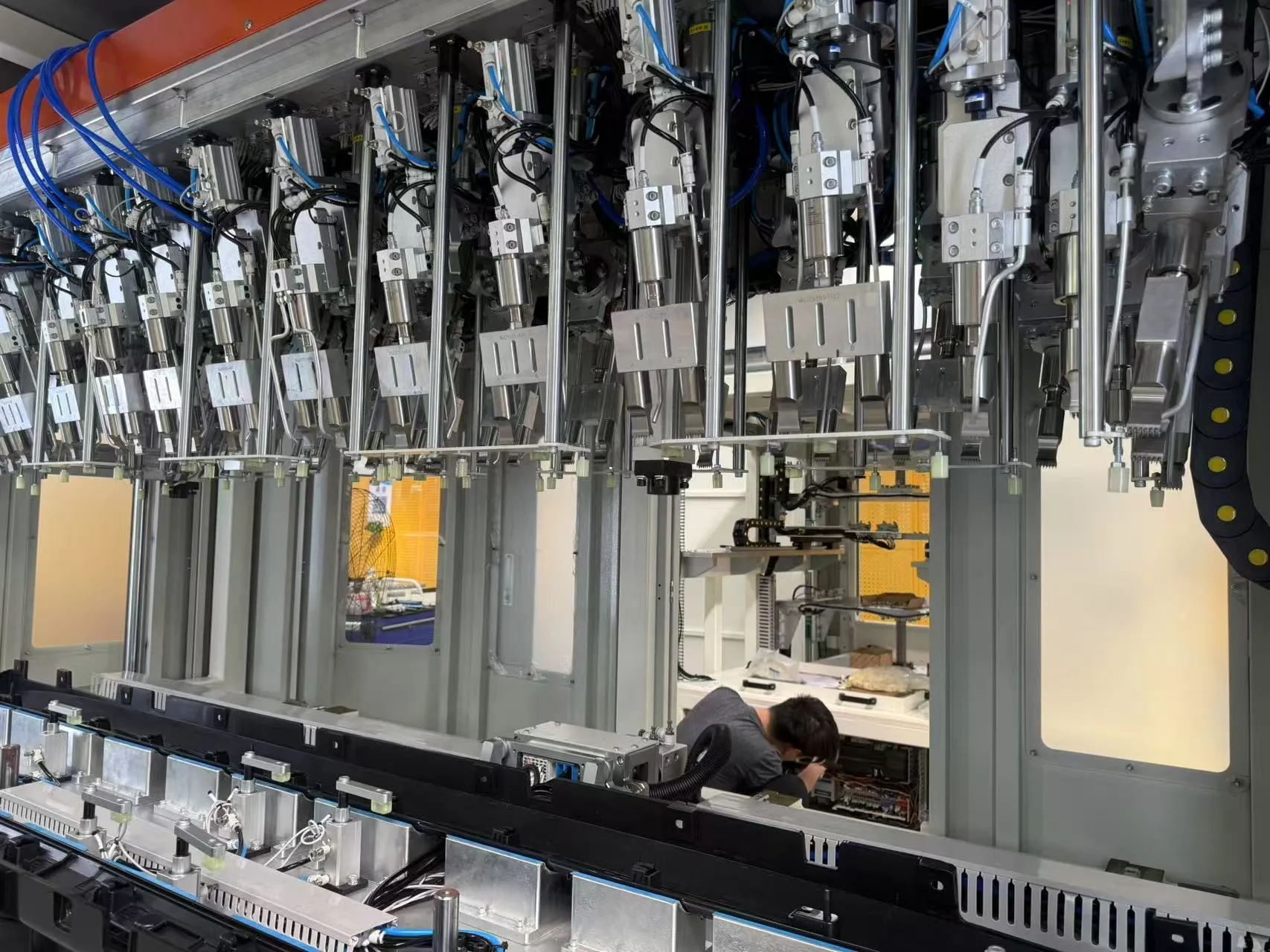
Ultrasonic welding has emerged as a transformative technology in modern manufacturing, revolutionizing how industries join materials with precision and efficiency. Unlike traditional welding methods that rely on heat, adhesives, or mechanical fasteners, ultrasonic welding uses high-frequency mechanical vibrations to create strong, reliable bonds. This innovative approach offers a multitude of advantages that cater to diverse sectors, from automotive and electronics to medical devices and packaging. Let’s explore the key benefits that make ultrasonic welding a preferred choice for manufacturers worldwide.

One of the most significant ultrasonic welding advantages is its exceptional efficiency. Traditional welding processes, such as thermal welding or solvent bonding, often require extended cycle times due to preheating, cooling, or curing steps. In contrast, ultrasonic welding operates at rapid speeds, with most bonds formed in a matter of seconds—sometimes even milliseconds. The high-frequency vibrations (typically 15 kHz to 70 kHz) generate localized heat at the weld interface through molecular friction, eliminating the need for lengthy heating or cooling periods. This speed translates to higher production throughput, making it ideal for high-volume manufacturing lines, such as those producing automotive components, consumer electronics, or disposable medical tools. For example, in the automotive industry, ultrasonic welding can join plastic interior panels in under 2 seconds, a fraction of the time required by hot plate welding.

Beyond speed, ultrasonic welding stands out for its eco-friendly and clean operation. Traditional bonding methods often依赖 on adhesives, solvents, or焊锡, which can release volatile organic compounds (VOCs) or leave behind harmful residues. Ultrasonic welding, however, requires no additional materials—no glues, solders, or fluxes. The bond is formed purely through mechanical energy, reducing chemical waste and minimizing environmental impact. This makes it a sustainable choice for industries prioritizing green manufacturing practices, such as medical device production, where sterility is critical. In medical applications, ultrasonic welding ensures that products like syringes or IV components remain free of contaminants, as there are no foreign substances introduced during the bonding process. Additionally, the absence of consumables reduces waste generation, aligning with global efforts to reduce industrial carbon footprints.
Precision is another cornerstone of ultrasonic welding advantages, particularly in industries demanding intricate or微型组件 bonding. The technology allows for highly controlled energy application, ensuring that heat and pressure are focused exactly at the weld joint without damaging surrounding areas. This precision is invaluable in sectors like electronics and medical devices, where components are often small and sensitive. For instance, in electronics manufacturing, ultrasonic welding is used to bond delicate wires or microchips to circuit boards, where excessive heat could fry sensitive electronics. Similarly, in medical device production, it enables the welding of微型catheters or surgical tools with sub-millimeter accuracy, ensuring product functionality and patient safety. The ability to achieve consistent, repeatable welds also reduces the risk of defects, enhancing overall product quality and reliability.
Ultrasonic welding’s versatility across materials is another key advantage. It can bond a wide range of materials, including plastics, metals, ceramics, and even some composites, making it adaptable to diverse manufacturing needs. For plastics, it works exceptionally well with thermoplastics (e.g., ABS, polypropylene, polyethylene), which soften under the generated heat and reharden to form strong bonds. In the automotive sector, this allows for the welding of plastic parts like bumpers, door panels, and fluid reservoirs. For metals, ultrasonic welding is used for joining thin sheets, wires, or foils—common in battery manufacturing, where copper and aluminum tabs are welded to electrode sheets without melting the base material. This versatility eliminates the need for multiple welding technologies, simplifying production lines and reducing equipment costs for manufacturers.
Cost-effectiveness is a natural outcome of ultrasonic welding’s efficiency, precision, and versatility. While initial equipment costs may be higher than some traditional methods, the long-term savings are substantial. Faster cycle times increase production output, reducing labor costs per unit. The elimination of consumables (adhesives, solders) cuts material expenses and reduces waste disposal fees. Additionally, the precision of ultrasonic welding minimizes rework and scrap, further lowering production costs. For example, in packaging industries, ultrasonic welding is used to seal food containers or blister packs, where consistent, leak-proof seals reduce product spoilage and returns. Over time, these savings often offset initial investments, making ultrasonic welding a financially smart choice for businesses aiming to optimize their manufacturing processes.
In conclusion, ultrasonic welding offers a compelling combination of speed, sustainability, precision, versatility, and cost-effectiveness that addresses the evolving needs of modern manufacturing. By leveraging high-frequency vibrations to create strong, clean bonds, it outperforms traditional methods in efficiency and quality while supporting eco-friendly practices. As industries continue to demand higher productivity, stricter quality standards, and greener operations, ultrasonic welding is poised to remain a cornerstone technology, driving innovation across sectors from automotive and electronics to healthcare and beyond. Whether for mass-produced components or intricate微型devices, its advantages make it an indispensable tool for manufacturers seeking to stay competitive in today’s fast-paced market.



